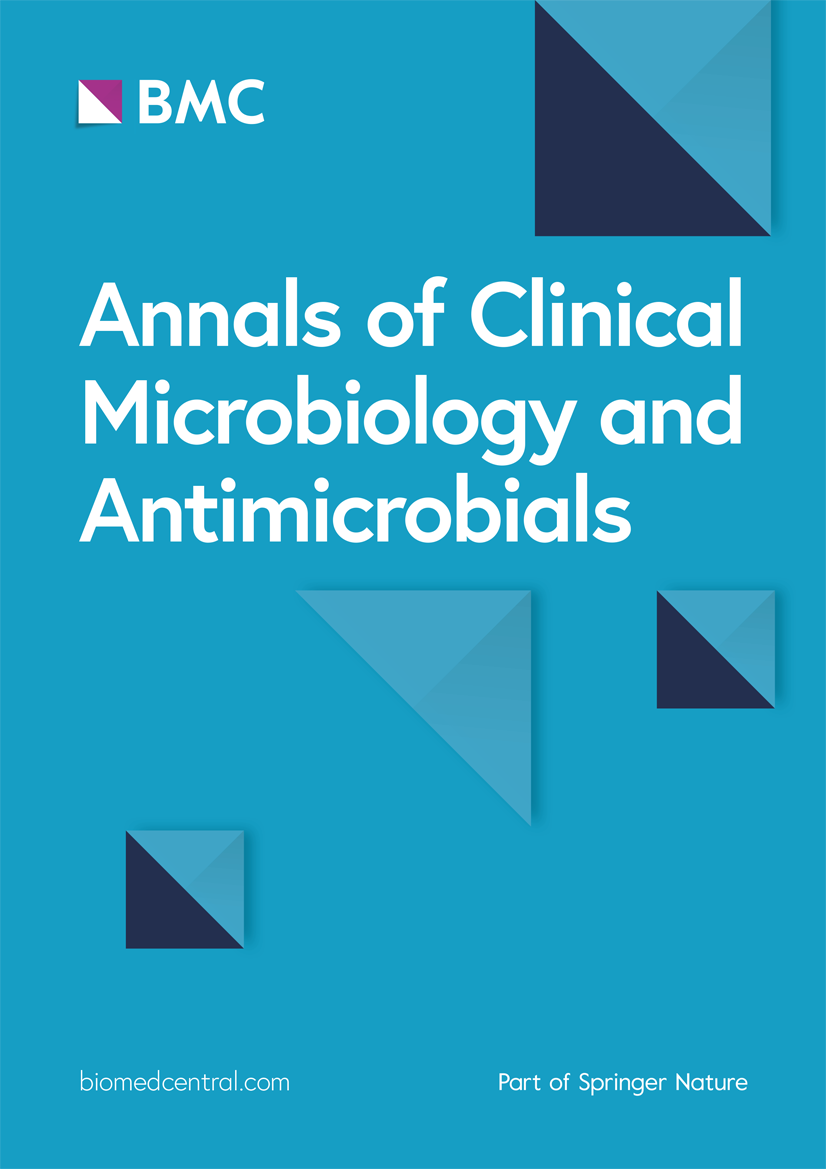Annals of Clinical Microbiology and Antimicrobials
http://www.ann-clinmicrob.com
http://www.ann-clinmicrob.com
Research

Tabebuia avellanedaenaphthoquinones: activity against methicillin-resistant staphylococcal strains, cytotoxic activity and in vivodermal irritability analysis
Eliezer M Pereira, Thelma B Machado, Ivana CR Leal, Desiree M Jesus, Clarissa RA Damaso, Antonio V Pinto, Marcia Giambiagi-deMarval, Ricardo M Kuster, Katia RN Santos
Annals of Clinical Microbiology and Antimicrobials 2006, 5:5 (22 March 2006)
[Abstract] [Provisional PDF]
Research


Laboratory-based surveillance of current antimicrobial resistance patterns and trends among Staphylococcus aureus: 2005 status in the United States
David Styers, Daniel J Sheehan, Patricia Hogan, Daniel F Sahm
Annals of Clinical Microbiology and Antimicrobials 2006, 5:2 (9 February 2006)
[Abstract] [Full Text] [PDF] [PubMed] [Related articles]

Comment